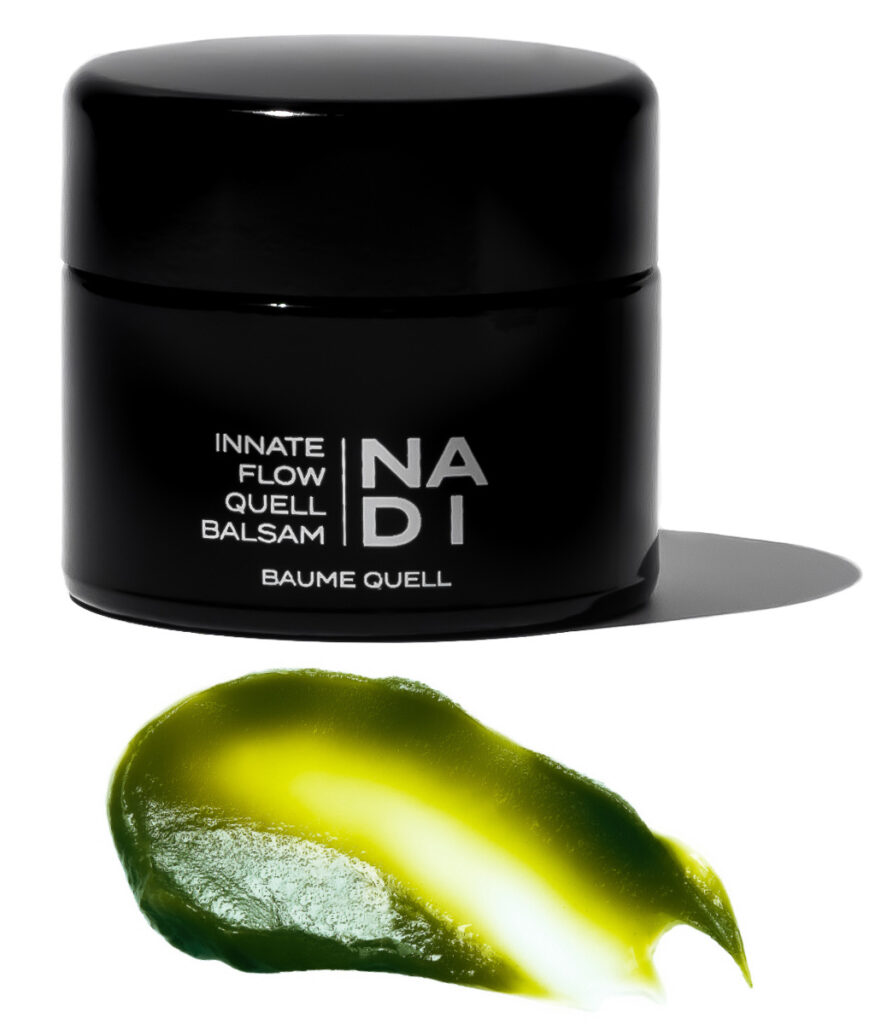As the beauty industry strives to meet the demand for sustainable products, one trend is gaining momentum – the rise of upcycled cosmetic ingredients. This innovative approach not only benefits the planet but also provides Cosmetic Brands with an ethical and eco-friendly option for their beauty Products.
What Are Upcycled Cosmetic Ingredients?
Upcycled cosmetic ingredients are derived from by-products or waste materials generated during the production of other goods. Instead of discarding these materials as trash, they are repurposed to create high-quality, functional components for cosmetics and skincare products. The rise of upcycled cosmetic ingredients is a sustainable practice that reduces waste but also minimises the environmental impact associated with traditional ingredient sourcing.
The benefits for you the consumer:
- Ethical Beauty Choices – Upcycled cosmetic ingredients appeal to consumers seeking products aligned with their ethical values. By choosing beauty items that utilize upcycled ingredients, consumers contribute to a circular economy and support brands committed to sustainability.
- High-Quality Formulas – Contrary to misconceptions, upcycled cosmetic ingredients often result in high-quality formulations. Advances in technology and production methods have allowed for the extraction and refinement of beneficial compounds from waste materials, creating effective and luxurious beauty products.
- Skin-Friendly Properties – Upcycled ingredients often bring unique and beneficial properties to skincare formulations. For example, extracts from fruit peels and seeds offer antioxidant-rich compounds, contributing to healthier and radiant skin.
- Reduced Environmental Impact – Choosing products with upcycled ingredients helps reduce the environmental strain associated with traditional ingredient production. This is a significant appeal for consumers who prioritize eco-friendly options in their beauty routines.
The Benefits for the Planet:
- Waste Reduction – The beauty industry generates substantial waste, including by-products from ingredient extraction and production processes. By upcycling waste materials, the Cosmetic industry minimises its overall environmental impact, by contributing to waste reduction.
- Conservation of Resources – Upcycled cosmetic ingredients play a role in the conservation of natural resources. The Cosmetic industry can repurpose existing materials, lessening the demand for new resources.
- Lower Carbon Footprint – The production of upcycled ingredients requires fewer resources and energy than traditional ingredient extraction. This leads to a lower carbon footprint, contributing to the fight against climate change.

High Performance Active sustainable upcycled Cosmetic ingredients
CO₂LLAGENEER – This is an Active molecule extracted with supercritical CO₂ from the sweet lupine shells (lupeol) solubilised in Certified Organic Sunflower Oil, sourced from lupine plants cultivated using sustainable agricultural practices in France.
Clinical Trials Confirm:
- Stimulates the synthesis of high-quality collagen I
- Improves skin elasticity and firmness
- Remodels the sagging skin areas
- Potent anti-inflammatory properties and may help reduce visible signs of skin irritations caused by breakouts.
Find this incredible upcycled High-Performance Active cosmetic ingredient in NADI – Innate Flow Quell Balsam.
Until next time, be human, be kind be you.


References:
- Pohl, M., & Welling, A. (2019). Sustainable cosmetics: Sustainable innovations. In Sustainable Management of Luxury (pp. 181-196). Springer. https://link.springer.com/book/10.1007/978-981-10-2917-2
- Kaliannan, M., & Alagumalai, A. (2021). Cosmetics from Food Waste: An Innovative Concept. In Biotechnological Approaches for Sustainable Development (pp. 43-57). Springer. https://link.springer.com/chapter/10.1007/978-3-030-46046-3_9
Comments +